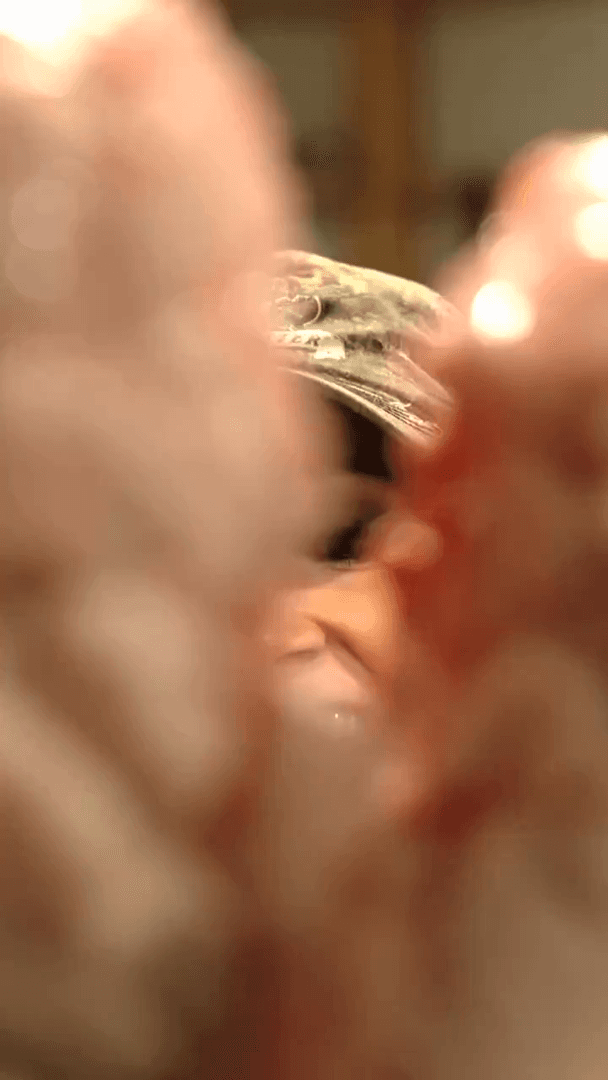
NSW Rifle Club Captain Charged with Manslaughter After Fatal Pig Hunting Shooting A 63‑year‑old rifle club captain from Cessnock has been charged with manslaughter after allegedly shooting his 71‑yea
Post: 14 October 08:00

Post: 14 October 08:00

Post: 28 July 09:33

Post: 10 June 12:51

Post: 28 October 10:03

Post: 24 January 09:11

Post: 23 August 15:33

Post: 15 March 01:45

Post: 13 October 13:53

Post: 3 August 14:47

Post: 28 July 18:43

Post: 14 December 09:44

Post: 10 October 09:15

Post: 26 August 13:36

Post: 22 August 09:53

Post: 24 July 14:41